The current price of Dry G1 garlic this year ranges from Rs 150 to Rs 300 Per KG. Seed Price depend on seed quality. Last year in 2022, the price of dry garlic G1 reached the highest level from Rs 10,000 per kg to Rs 13,000 per kg. In Pakistan, garlic farming has been taken to a new level with the introduction of the Narc-G1 variety. This innovative garlic strain offers promising opportunities for farmers and enthusiasts alike. Let’s dive into the world of Narc G1 garlic farming in Pakistan and discover how it’s transforming the agricultural landscape.
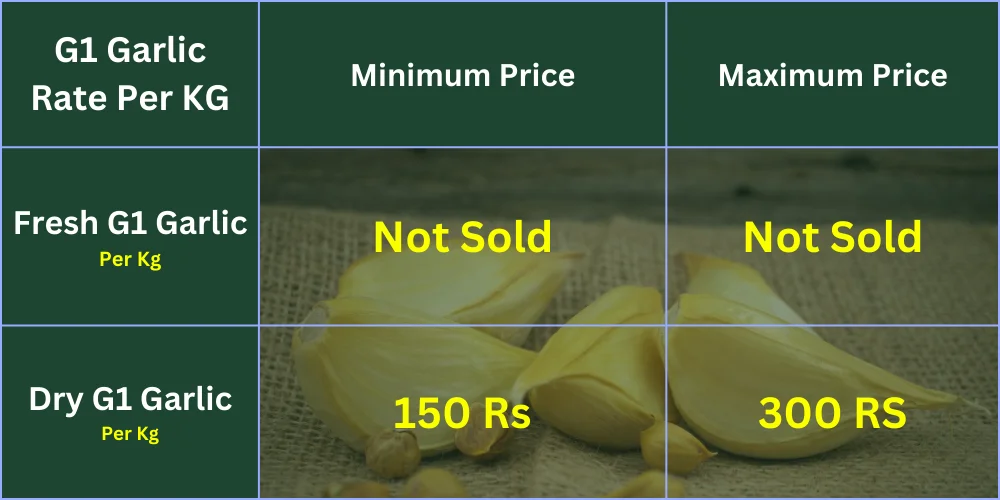
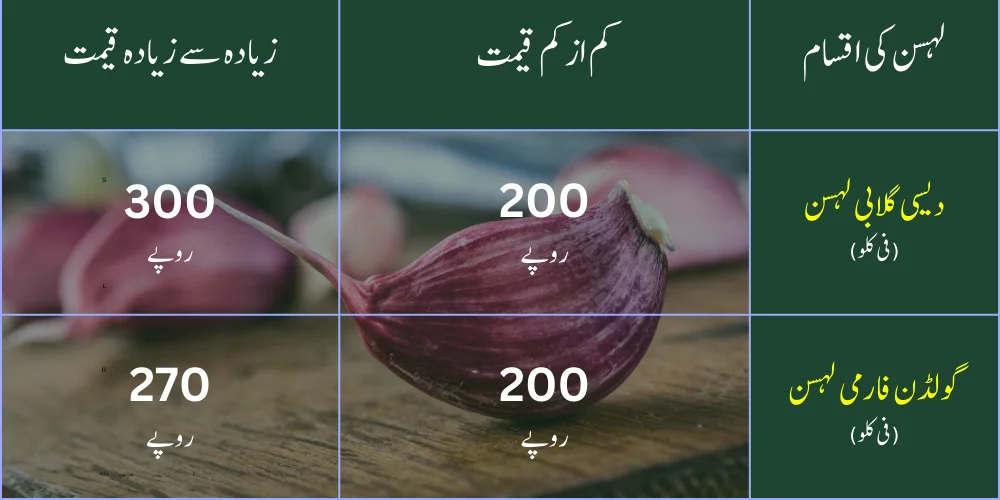
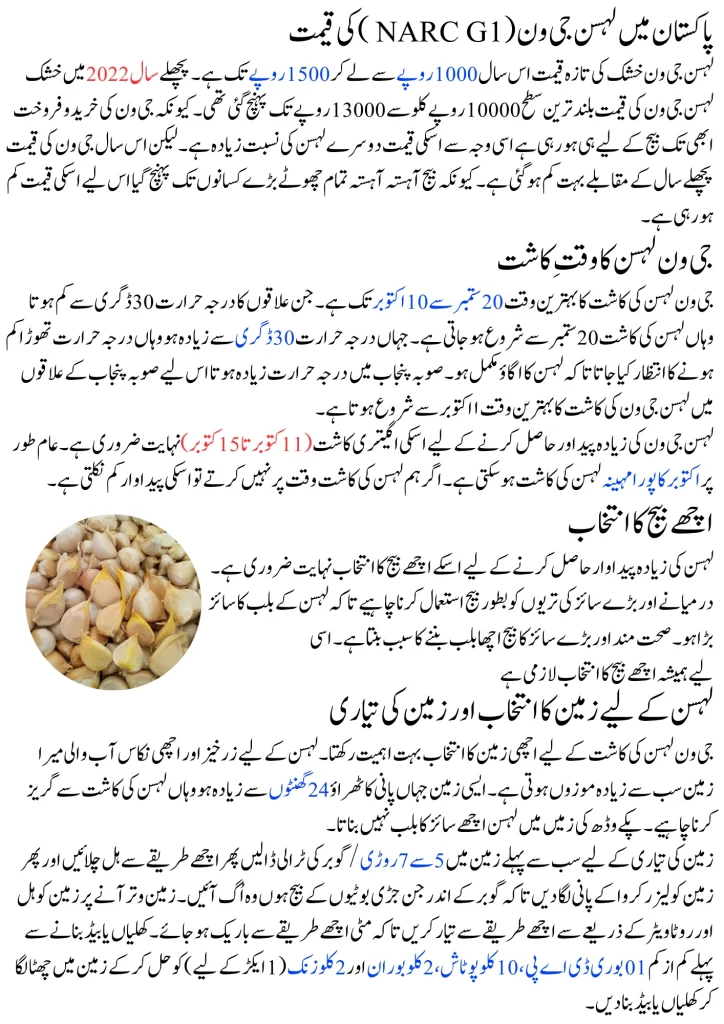
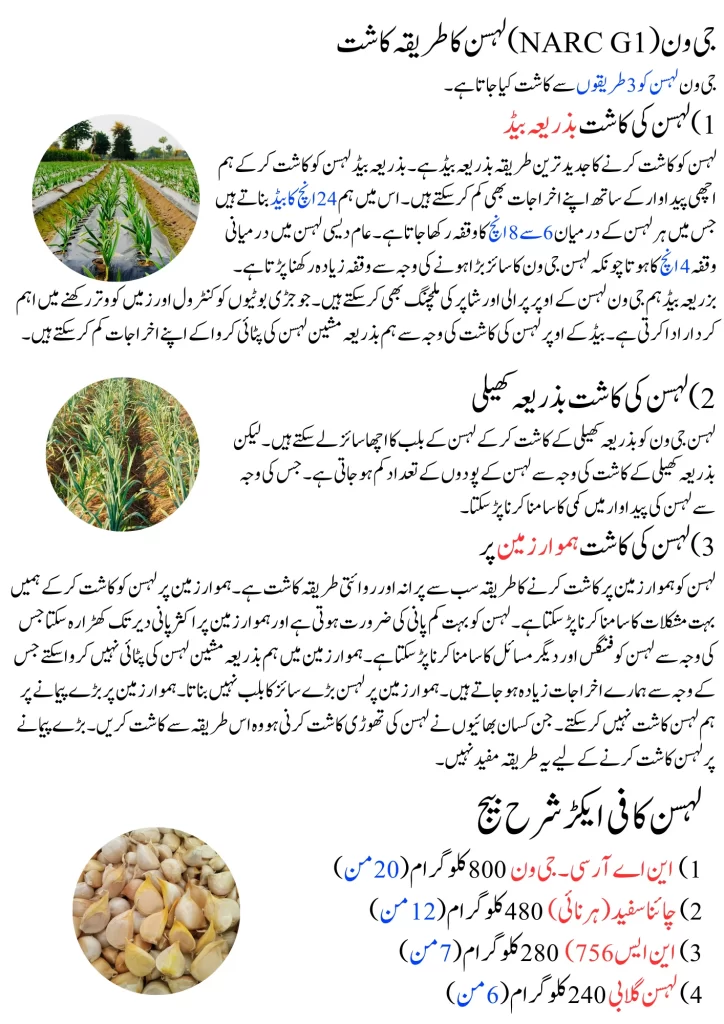
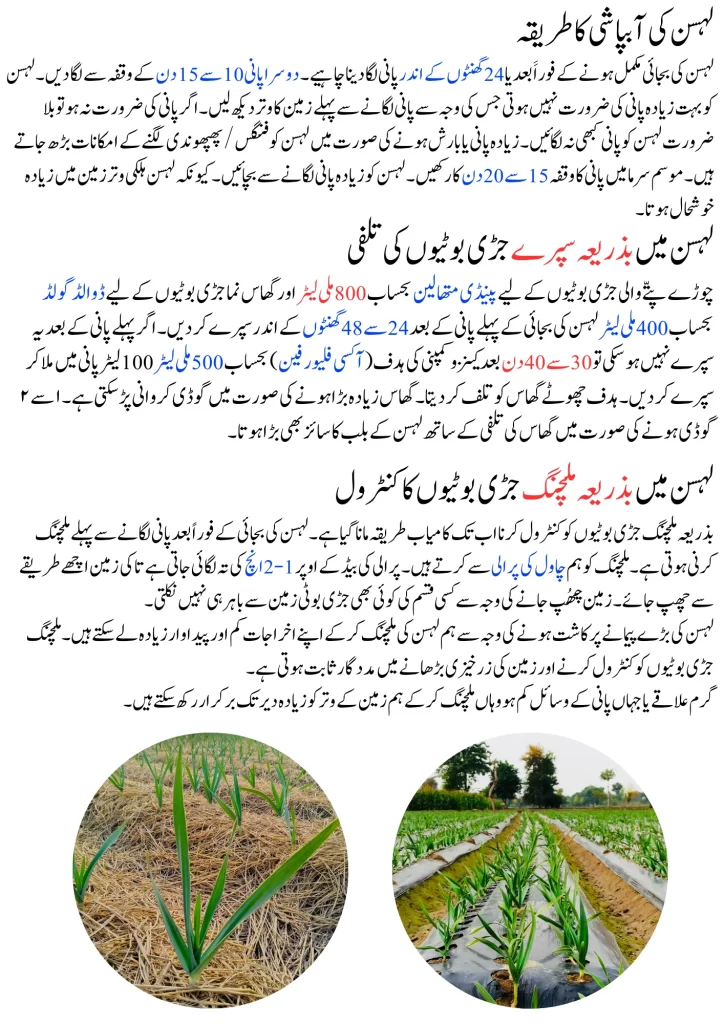
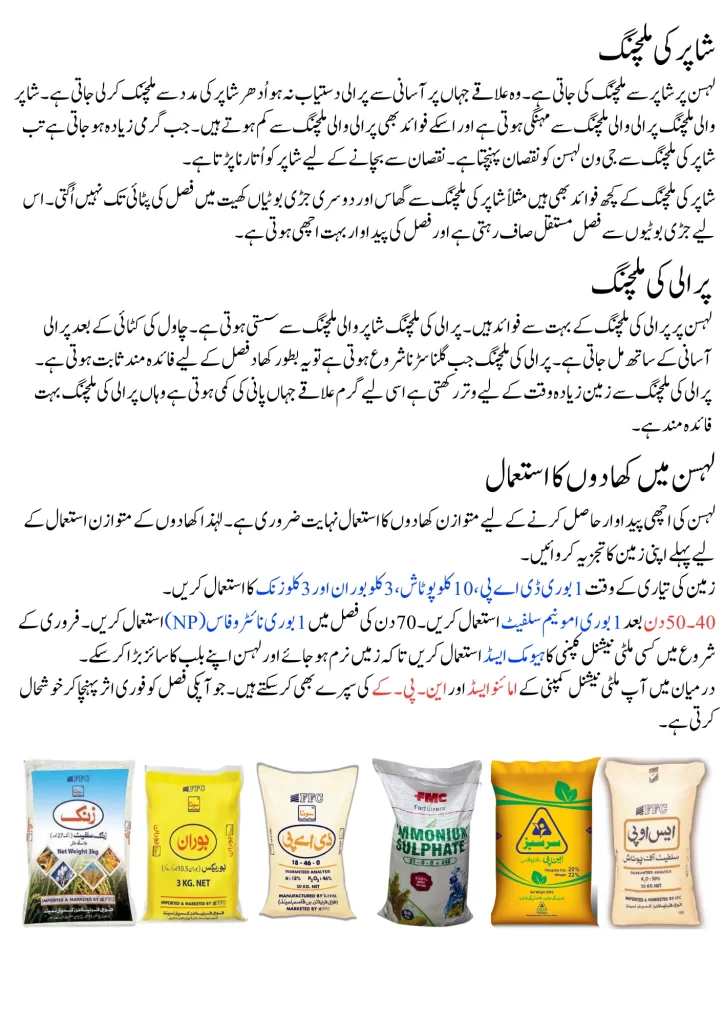
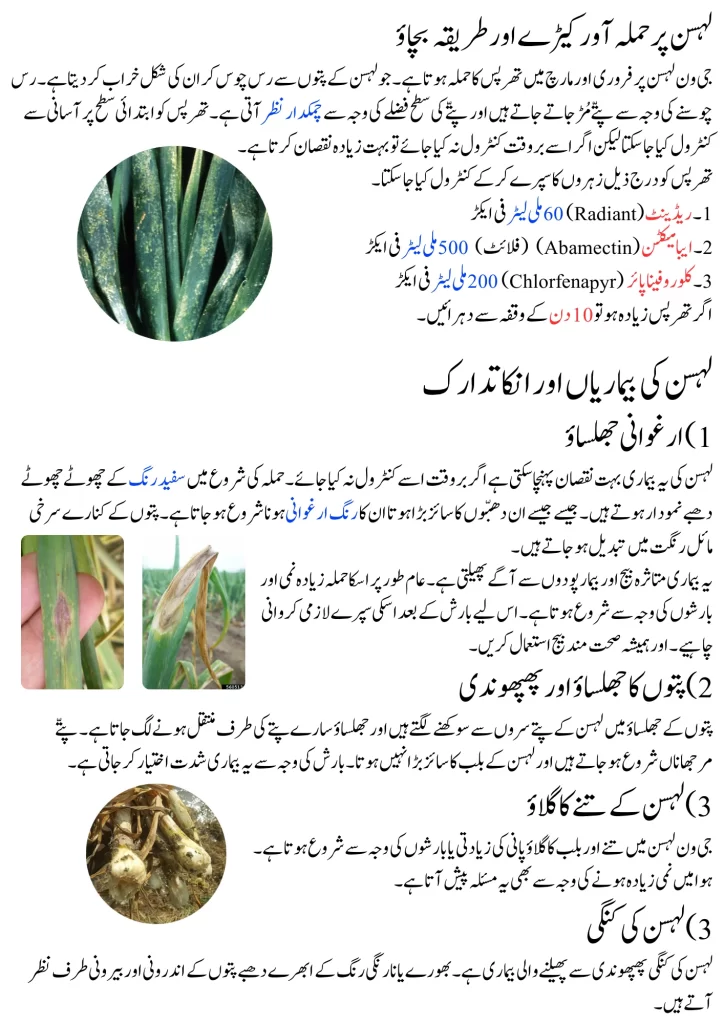
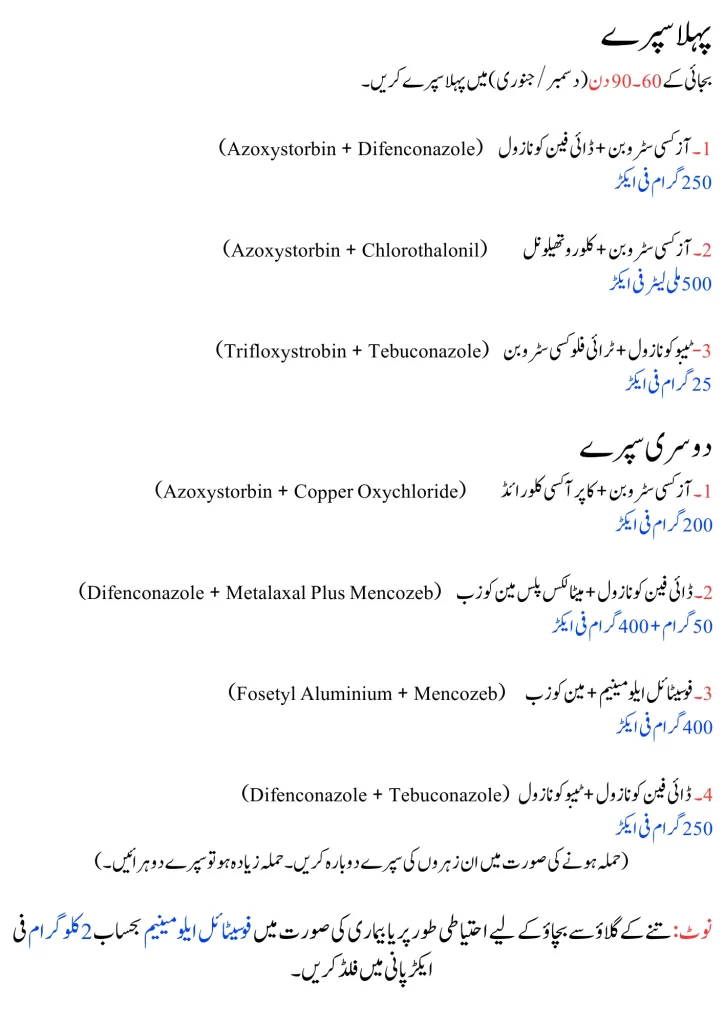
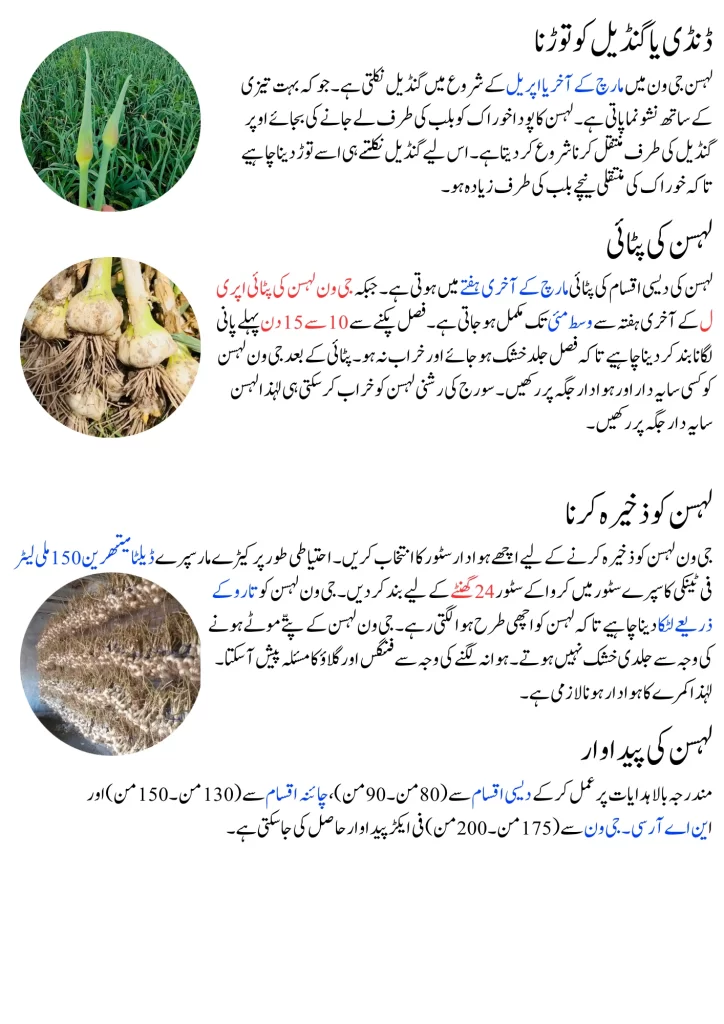
Table of Contents
- Intro
- In Which Side / Areas Cultivated the Most
- What factors affect the NARC G1 Garlic Rate in Pakistan?
- Supply and Demand
- Weather Conditions
- Pest Infestations and Diseases
- Government Policies
- International Market Influence
- Currency Exchange Rates
- Production Costs
- How Will Farmers Get More Profit From NARC G1 Garlic Price In Pakistan Today?
- Understanding Wheat Price Fluctuations for NARC G1 Garlic rate in Pakistan
- Crop Diversification
- Efficient Farm Management
- Cooperatives and Collective Bargaining
- Government Support and Subsidies
- Market Intelligence
- Value Addition
- Storage and Timing
- Why is Quality NARC G1 Garlic Seed Necessary for High Yield?
- Genetic Potential:
- Crop Yield: Good NARC G1 Garlic Seeds
- Disease Resistance:
- Adaptability:
- Consistency:
- Reduced Input Costs:
- Crop Diversity:
- Future Agriculture:
- How to increase NARC G1 Garlic Production in Pakistan?
- Selecting the Right NARC G1 Garlic Varieties:
- Quality Seed and Proper Sowing:
- Improved Irrigation Practices:
- Soil Health and Fertilization:
- Pest and Disease Management:
- Weed Control:
- Training and Education:
- Access to Credit and Resources:
- Post-Harvest Management:
- Research and Technology Adoption:
Conclusion
Introduction
Garlic is an essential crop in Pakistan, known for its culinary, medicinal, and industrial applications. Among the various garlic varieties, NARC G1 garlic stands out due to its high yield, disease resistance, and adaptability. This article explores the primary cultivation areas of NARC G1 garlic, factors affecting its market rate, strategies for farmers to maximize profits, the importance of quality garlic seeds, and methods to enhance garlic production in Pakistan.
In Which Side / Areas Is NARC G1 Garlic Cultivated the Most?
NARC G1 garlic is predominantly cultivated in the provinces of Punjab, Sindh, and Khyber Pakhtunkhwa. Punjab, being the agricultural hub, leads in garlic production with districts like Okara, Kasur, and Sialkot being significant contributors. The fertile soils and favorable climatic conditions in these areas support robust garlic yields. Sindh also plays a crucial role, particularly in districts such as Thatta and Mirpurkhas. Khyber Pakhtunkhwa, with regions like Swat and Mansehra, contributes to the garlic cultivation landscape, though on a smaller scale compared to Punjab and Sindh.
What Factors Affect the NARC G1 Garlic Rate in Pakistan?
Several factors influence the NARC G1 garlic rate in Pakistan, impacting both farmers’ profitability and market stability. Understanding these factors is essential for stakeholders to make informed decisions.
Supply and Demand: The fundamental economic principle of supply and demand significantly affects garlic prices. When the supply of NARC G1 garlic is high due to favorable growing conditions and abundant harvests, prices tend to decrease. Conversely, when there is a scarcity of garlic, prices increase. Seasonal variations, crop yields, and import-export dynamics play critical roles in determining the supply and demand balance.
Weather Conditions: Weather conditions, including temperature, rainfall, and humidity, have a direct impact on garlic production. Favorable weather leads to healthy crops and high yields, whereas adverse conditions like droughts, unseasonal rains, or extreme temperatures can damage crops, reduce supply, and increase prices. Climate change and unpredictable weather patterns pose significant challenges to garlic farmers in Pakistan.
Pest Infestations and Diseases: Pest infestations and diseases can significantly reduce garlic yields and quality, leading to lower supply and higher prices. Common pests affecting garlic in Pakistan include thrips and nematodes, while diseases such as white rot and downy mildew pose significant threats. Effective pest and disease management practices are essential to maintain stable garlic production and prices.
Government Policies: Government policies, including subsidies, import-export regulations, and support prices, play a crucial role in shaping the garlic market in Pakistan. Policies that promote garlic cultivation through subsidies on seeds, fertilizers, and pesticides can enhance production and stabilize prices. Conversely, restrictive trade policies or inadequate support can lead to market volatility and affect farmers’ profitability.
International Market Influence: The global garlic market significantly influences domestic garlic prices. International demand and supply dynamics, trade agreements, and price trends in major garlic-producing countries impact the export and import prices of garlic in Pakistan. Global events, such as geopolitical tensions or economic sanctions, can also affect the international garlic market and, consequently, domestic prices.
Currency Exchange Rates: Fluctuations in currency exchange rates affect the cost of imported agricultural inputs such as seeds, fertilizers, and machinery. A depreciating Pakistani rupee makes imports more expensive, increasing production costs for farmers and leading to higher garlic prices. Conversely, a strong rupee can reduce input costs and stabilize garlic prices.
Production Costs: The cost of production, including expenses related to seeds, fertilizers, pesticides, labor, and irrigation, directly affects garlic prices. Higher production costs lead to higher garlic prices as farmers seek to cover their expenses and ensure profitability. Efficient management of production costs is essential for maintaining competitive garlic prices.
How Will Farmers Get More Profit From NARC G1 Garlic Price in Pakistan Today?
To maximize profits from NARC G1 garlic cultivation, farmers need to adopt strategic practices that enhance productivity and marketability. Here are some key strategies:
Crop Diversification: Diversifying crops can reduce risks associated with market volatility and adverse weather conditions. By cultivating a mix of crops, farmers can ensure a steady income stream even if one crop fails or fetches lower prices.
Efficient Farm Management: Implementing efficient farm management practices, such as precision agriculture, can optimize resource use, reduce costs, and increase yields. Techniques like soil testing, proper irrigation management, and timely application of fertilizers and pesticides can significantly improve productivity.
Cooperatives and Collective Bargaining: Joining cooperatives or farmer associations enables farmers to pool resources, share knowledge, and collectively bargain for better prices. Cooperatives can also facilitate access to credit, inputs, and markets, enhancing farmers’ negotiating power and profitability.
Government Support and Subsidies: Leveraging government support programs and subsidies can reduce production costs and enhance profitability. Farmers should stay informed about available subsidies for seeds, fertilizers, and machinery and take advantage of government initiatives aimed at promoting garlic cultivation.
Market Intelligence: Staying informed about market trends, price forecasts, and demand patterns can help farmers make informed decisions about planting, harvesting, and selling garlic. Utilizing market intelligence tools and platforms can enhance farmers’ ability to time their sales and maximize profits.
Value Addition: Adding value to garlic through processing and packaging can increase its marketability and fetch higher prices. Products such as garlic powder, garlic paste, and pickled garlic can provide additional revenue streams for farmers.
Storage and Timing: Proper storage facilities enable farmers to store garlic and sell it when prices are favorable. Timing the market to sell garlic during periods of high demand and low supply can significantly enhance profitability.
Understanding Garlic Price Fluctuations for NARC G1 Garlic Rate in Pakistan
Garlic price fluctuations can be influenced by various factors, and understanding these can help farmers and stakeholders navigate market dynamics effectively.
Crop Diversification: Diversifying crops can mitigate the impact of garlic price fluctuations. By cultivating a variety of crops, farmers can reduce dependency on a single commodity and stabilize their income.
Efficient Farm Management: Efficient farm management practices, including timely planting, proper irrigation, and pest control, can enhance garlic yields and reduce production costs, making farmers more resilient to price fluctuations.
Cooperatives and Collective Bargaining: Cooperatives can enhance farmers’ bargaining power and provide access to better prices and markets. Collective action enables farmers to negotiate better terms with buyers and reduce the impact of price volatility.
Government Support and Subsidies: Government support through subsidies, price support mechanisms, and crop insurance can cushion farmers against price fluctuations. Access to government programs and financial assistance can stabilize farmers’ incomes.
Market Intelligence: Market intelligence tools and platforms provide real-time data on market trends, prices, and demand patterns. Utilizing these tools can help farmers make informed decisions and reduce the impact of price fluctuations.
Value Addition: Adding value to garlic through processing and packaging can increase its marketability and reduce the impact of price fluctuations. Value-added products can fetch higher prices and provide additional revenue streams.
Storage and Timing: Proper storage facilities and strategic timing of sales can help farmers avoid selling garlic during periods of low prices. Storing garlic and selling it when prices are favorable can enhance profitability and reduce the impact of price fluctuations.
Why is Quality NARC G1 Garlic Seed Necessary for High Yield?
High-quality NARC G1 garlic seeds are essential for achieving high yields and ensuring the success of garlic cultivation. Here are some reasons why quality garlic seed is crucial:
Genetic Potential: Quality NARC G1 garlic seeds possess high genetic potential for yield, disease resistance, and adaptability. These seeds are bred to perform well under specific agro-climatic conditions, ensuring optimal growth and productivity.
Crop Yield: Good quality garlic seeds have a higher germination rate and vigor, leading to better crop establishment and higher yields. Using certified seeds ensures uniform growth and reduces the risk of crop failure.
Disease Resistance: Quality NARC G1 garlic seeds are bred for resistance to common pests and diseases. Using disease-resistant seeds reduces the need for chemical interventions, lowering production costs and environmental impact.
Adaptability: High-quality NARC G1 garlic seeds are adaptable to different soil types and climatic conditions. This adaptability ensures stable yields even under varying environmental conditions.
Consistency: Using certified seeds ensures consistency in crop performance. Farmers can rely on these seeds to produce uniform and predictable yields, reducing the risk of variations in crop quality.
Reduced Input Costs: Disease-resistant and high-yielding garlic seeds reduce the need for chemical inputs such as pesticides and fertilizers. This reduces production costs and enhances profitability for farmers.
Crop Diversity: Quality garlic seeds contribute to crop diversity by offering different varieties suited to various agro-climatic conditions. This diversity enhances resilience to climate change and market fluctuations.
Future Agriculture: Investing in quality garlic seeds supports sustainable agriculture by promoting the use of improved varieties. This contributes to long-term food security and environmental sustainability.
How to Increase NARC G1 Garlic Production in Pakistan?
Enhancing NARC G1 garlic production in Pakistan requires a combination of improved agricultural practices, access to resources, and technological adoption. Here are some key strategies:
Selecting the Right Garlic Varieties: Choosing garlic varieties suited to local agro-climatic conditions is crucial for achieving high yields. Farmers should select high-yielding, disease-resistant varieties that perform well in their specific regions.
Quality Seed and Proper Sowing: Using certified seeds and following proper sowing practices ensure good crop establishment. Proper spacing, depth, and timing of sowing are essential for optimal plant growth and development.
Improved Irrigation Practices: Efficient irrigation practices, such as drip or sprinkler irrigation, can enhance water use efficiency and ensure consistent moisture availability. Proper irrigation scheduling and water management are crucial for high garlic yields.
Soil Health and Fertilization: Maintaining soil health through regular soil testing, organic matter addition, and balanced fertilization is essential for high garlic yields. Applying the right fertilizers at the right time ensures nutrient availability for optimal plant growth.
Pest and Disease Management: Implementing integrated pest management (IPM) practices reduces reliance on chemical pesticides and ensures effective pest and disease control. Monitoring and early detection of pest infestations and diseases are crucial for timely interventions.
Weed Control: Effective weed control practices, such as timely weeding and using herbicides, prevent competition for nutrients, water, and sunlight. This ensures healthy crop growth and higher yields.
Training and Education: Providing training and education to farmers on modern agricultural practices, crop management, and technological adoption is essential for enhancing garlic production. Extension services and farmer field schools can play a significant role in knowledge dissemination.
Access to Credit and Resources: Access to credit and financial resources enables farmers to invest in quality inputs, machinery, and technology. Financial institutions and government programs should facilitate easy access to credit for farmers.
Post-Harvest Management: Proper post-harvest management practices, such as timely harvesting, drying, and storage, ensure minimal losses and maintain crop quality. Reducing post-harvest losses enhances overall garlic production and profitability.
Research and Technology Adoption: Investing in agricultural research and promoting the adoption of modern technologies, such as precision agriculture and biotechnology, can significantly enhance garlic production. Research institutions and government agencies should collaborate to develop and disseminate innovative solutions.
Conclusion
NARC G1 garlic cultivation in Pakistan holds significant potential for enhancing food security, economic stability, and rural development. Understanding the factors affecting garlic prices, adopting strategic practices for profitability, and leveraging quality seeds and modern agricultural techniques are essential for maximizing garlic production. By addressing the challenges associated with conventional learning methods and promoting formal training programs, farmers can improve their skills and ensure sustainable garlic cultivation. With concerted efforts from farmers, government agencies, and industry stakeholders, Pakistan can achieve substantial growth in garlic production and contribute to the overall development of its agricultural sector.

